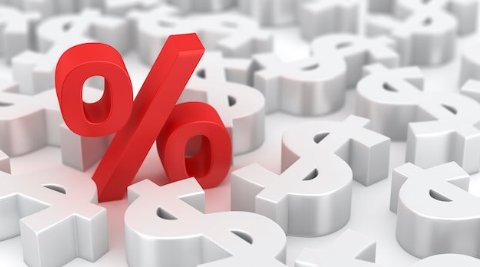FERS 1.1% Can Significantly Boost a Federal Employee’s Pension

FERS 1.1% Can Significantly Boost a Federal Employee’s Pension
By Wes Battle

Federal employees under the Federal Employees Retirement System (FERS) have incredible opportunities to maximize their retirement planning. True, it takes more effort to do so than their Civil Service Retirement System (CSRS) counterparts, but if they do it right, they can make these benefits sing!
There are 3 target age and service requirements for a FERS federal employee to retire on a full unreduced pension. Those would be MRA (Minimum Retirement Age) & 30 years, age 60 & 20 years of service, and age 65 with 5 years of service.
There is also another age and service requirement that FERS federal employees have to reach to unlock a substantial boost to their pension. That would be age 62 and 20 years of service. When a FERS employee retires meeting all the criteria, age 62 and at least 20 years of service, the pension calculation changes from 1% x high-3 x years of service to 1.1% x high-3 x years of service.
Did you catch the change? The factor went from 1% to 1.1%. That doesn’t seem like much, but that is a 10% raise. This would be a 10% raise in your pension for the rest of your life. Sounds great to me. Now, the challenge of course, is working until age 62. I take pride in thinking I keep more 61-year-olds in service than any retention check could!
This benefit is one of the core strategies to use to increase your retirement pension. We believe that if you’ve spent your career serving the public trust, thank you by the way, you should certainly take advantage of every benefit available to you.
So, for simplicity, let’s say our federal employee is 61 and has 19 years of service, with a high three of 80,000. We do a simplified pension calculation ($80,000 x 19 x 1%) which gives us an annual pension of $15,200.
Now, let’s give the employee an additional year of service and retiring at age 62 with 20 years of service, $80,000 x 20 x 1%, which provides an annual pension of $16,000. But, remember at 62 and 20 years there is the increase in the benefit factor. Re-doing the calculation ($80,000 x 20 x 1.1%) produces an annual pension of $17,600. If the federal employee is retired for 20 years, that’s a difference of $32,000, and that is without factoring cost-of-living adjustments that will occur over that period!
Using Sick Leave to Reach 1.1%
Now, another strategy to reaching the 1.1% is using sick leave to qualify. I covered the importance of saving sick leave hours in a previous article, but it’s important to bring it up again here.
Let’s say our Fed is already age 65 and has 19.5 years of service. He just can’t see making it another year to qualify for the 1.1%, but it is possible he would be eligible for it now. Sick leave will not qualify you for retirement but it WILL qualify you to be eligible for the 1.1% increase. If our Fed had 19.5 years of service and 1044 hours or of sick leave hours, his total service credit time for pension calculation purposes would be 20 years, thus eligible for the 1.1% pension factor.
